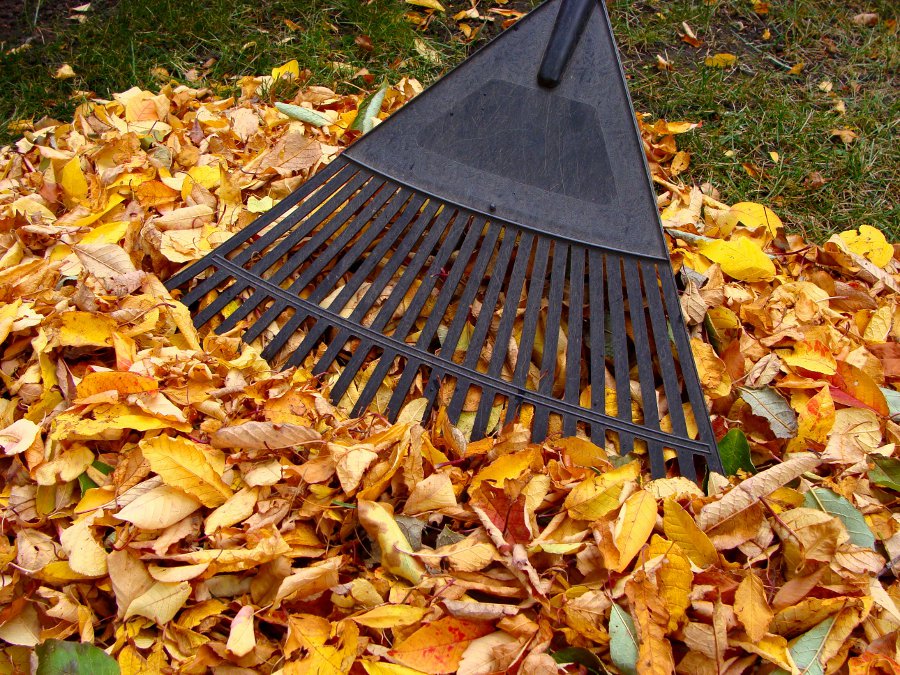November 23, 2011


There may be no such thing as a free lunch, but free mulch is available almost everywhere, and it does grow on trees (and bushes and shrubs). Leaves combined with a small amount of grass clippings and chipped woody plants are the best thing you can spread around your plants to protect them during the winter. It’s important, however, not to just let the leaves lie where they fall, or to rake them into flower beds if you want to use this green gardening technique. (Photo © Jenifoto406 | Dreamstime.com)
[nggallery id=58 template=carousel images=8][imagebrowser id=58]
By Robbie Harris
CHICAGO — If you think you have too many leaves to rake, imagine the Chicago Botanic Garden’s leaf pile. Yours may take up some yard space, but theirs takes up thousands of cubic feet!
Then again, Cindy Baker, who manages the garden’s horticultural services, seems to think the more leaves, the better. The Chicago Botanic Garden receives piles from a nearby suburb each week, which Baker refers to as “gold.” She’s not just referring to the color of the leaves either; she’s referring to their ability to produce the best mulch.
There may be no such thing as a free lunch, but free mulch is available almost everywhere, and it does grow on trees (and bushes and shrubs). Leaves combined with a small amount of grass clippings and chipped woody plants are the best thing you can spread around your plants to protect them during the winter. It’s important, however, not to dgfev online casino just let the leaves lie where they fall, or to rake them into flower beds.
“The leaves are flat and the water does not penetrate them, so they become a casino online barrier to water and air circulation. They also become a place where diseases can fester underneath that barrier. You don’t want that, because in the spring time you’ll have patchy turf,” explains Baker.
Instead of raking the leaves into piles or stuffing them into plastic bags, it’s best to use a mulching lawn mower. A conventional lawnmower won’t cut the leaves into small enough pieces to make the material.
“The difference between compost and mulch is just the amount that the pile breaks down. If you apply it to the surface [of the soil] at the stage when it’s mulch, it will stick around for about six months and protect your plants over the winter. All the nutrients that are in the mulch will still go into the soil, but more slowly [than compost],” says Baker.
Using the two materials properly keeps plants healthy and cuts down on the need for fertilizer. That’s what makes mulch a green approach to handling garden waste.
Most towns and cities will help you recycle yard waste. You also can find yard waste receivers certified by the US Environmental Protection Agency, receivers who accept leaves and yard waste and then make them into mulch to sell or to give to the public. Making leaves into mulch means a lot of “nega waste” that never went to landfill.
© 2011 SCGH, LLC.
]]>